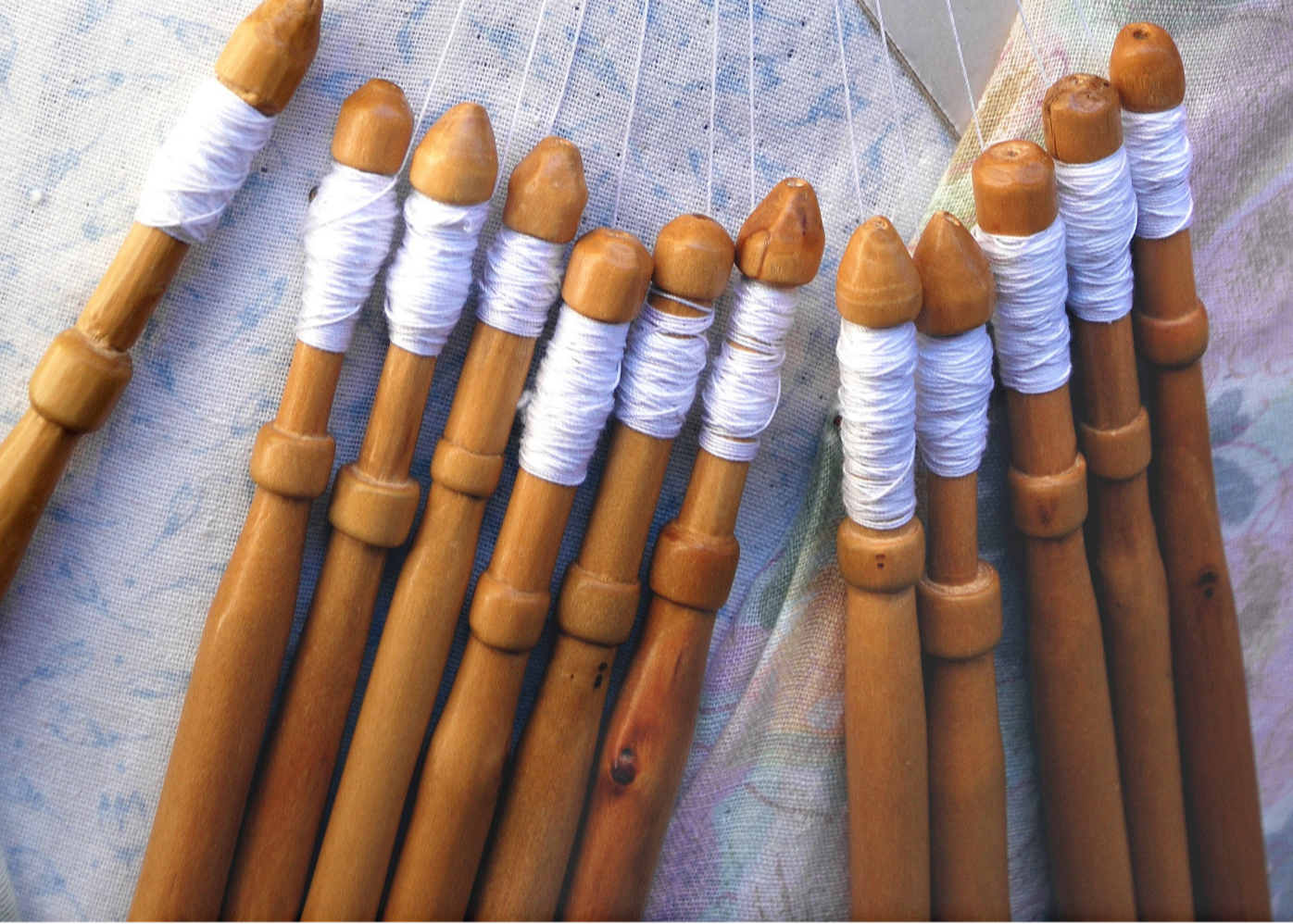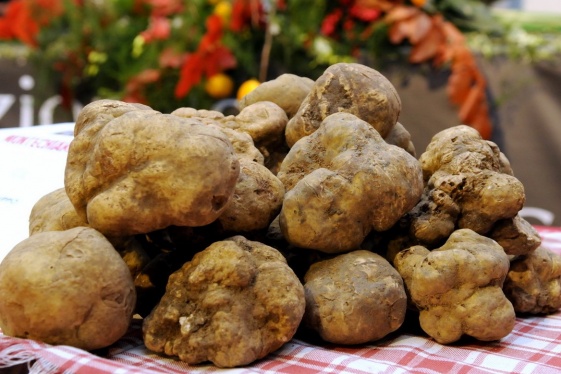

The precious art of lacemaking has been handed down for centuries by the women of Isernia, who weave and knot fine ivory coloured cotton threads that unravel, almost magically, from thin bobbins that can be heard in the streets of the ancient city.
Throughout the centuries, the artistic production of bobbin lace has always been important economically.
Today the activity is practiced by family-based companies that manage both the production and marketing.
The Lace
The earliest works, inspired by pagan and sacred motifs, gradually underwent various developments that reflected the influence of encounters with other cultures. The passage of time and fashions changed the motifs and features of the designs, but the basic stitches, techniques and equipment used have remained substantially faithful to the old lacemaking.
Great variations were made from the eighteenth century onwards on the themes of the ornamental motifs. At the end of the nineteenth century, alongside the traditional lace, with its dense stitching, modern bobbin lace began to be produced and became popular due to its greater speed of execution.
Modern bobbin lace is characterised by the lightness of its spirals, which chase one another like stylised branches, with flowers of three or more leaves and elegant mesh.
Production
For five centuries, the magic rite of lacemaking has been performed with the help of a cylindrical cushion, to which a piece of cardboard is attached with a design that serves as a guide for the positioning of the pins and thread by means of the bobbins.
The work begins with a pair of bobbins held in either hand, on which the cotton yarn is wound following the pattern traced on the card. The yarn is then fixed to the card with pins and the four bobbins are crossed over, with those in the right hand passing to the left hand and vice versa. The same movements are repeated regularly until the weave of the lace begins to take shape.
The Local Area
Isernia, originally a strategic Samnite centre, then a Roman city, and now capital of the province of the same name, rests on a ridge between two rivers and is sheltered by the Matese and Mainarde mountains. The clicking bobbins of lace makers at work can often be heard among the narrow streets and squares branching off from its main street.
Camera di Commercio di Isernia
You may be interested
-
'Truffle tourism' worth 63 million euros in I...
Truffle fairs and truffle hunting tours have attracted some 120,000 visitors to Italy this...
-
‘Oh-Oh, Ay-Ay!’ Riding to an Italian Rhythm o...
“Expect four days of sacrifices,” Carmelina Colantuono told me a week before I left New Je...
-
“Monongah: per non dimenticare”: a Frosolone...
Si svolgerà domani, 6 dicembre, alle ore 10.30, ora esatta del disastro minerario di Monon...
-
€1.3 billion on the way for young people who...
“I’m Staying in the South” looks set to be the name of the new incentive to encourage entr...
-
10 beautiful and slow cities in Italy
by Claudia Baroncelli If you are looking for a peaceful destination to escape the...
-
10 Italian luxury food that you should taste...
What is it about Italian food that makes people so thrilled? Here are ten — luxurious — re...
-
10 Underrated Italian Villages to Add to Your...
If you’re planning a trip through Europe, don’t forget to consider these Italian villages....









